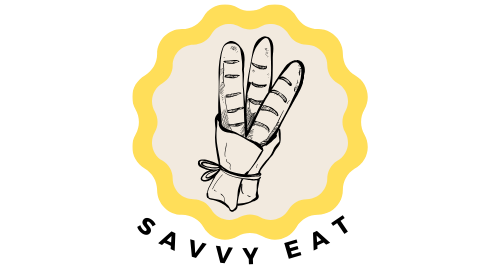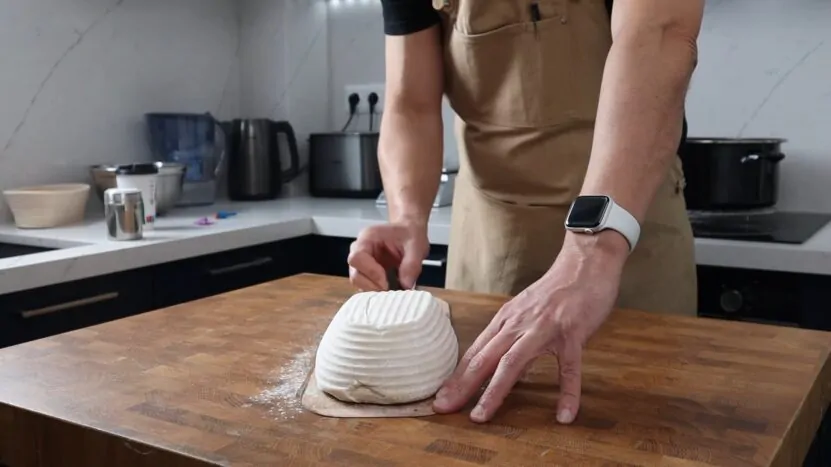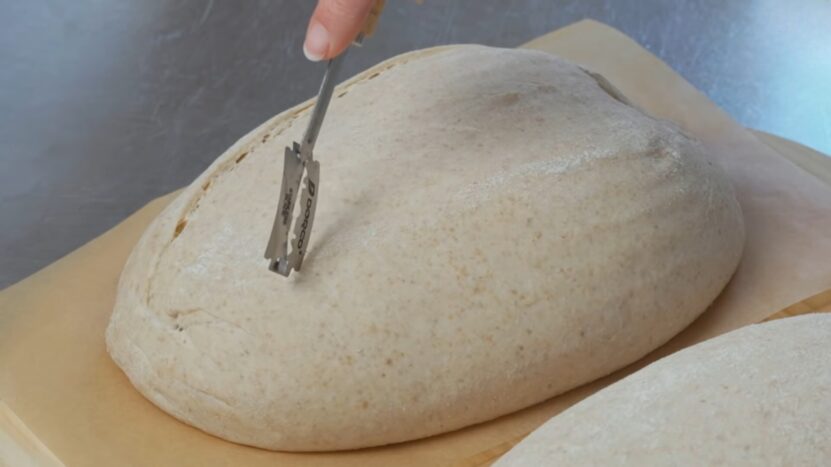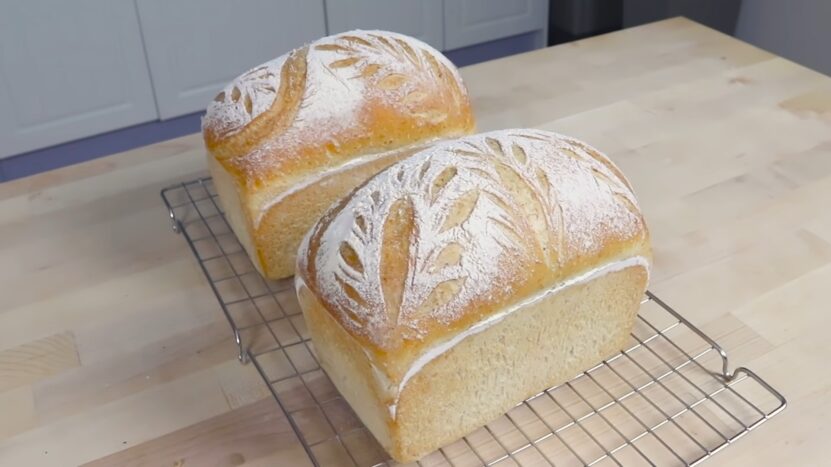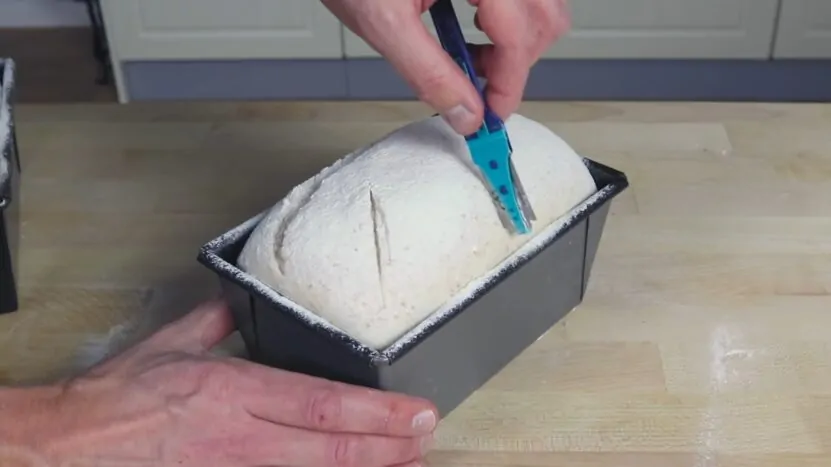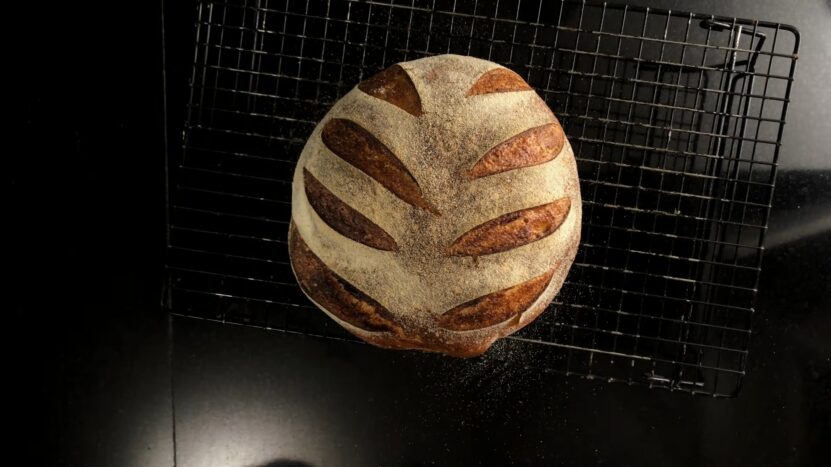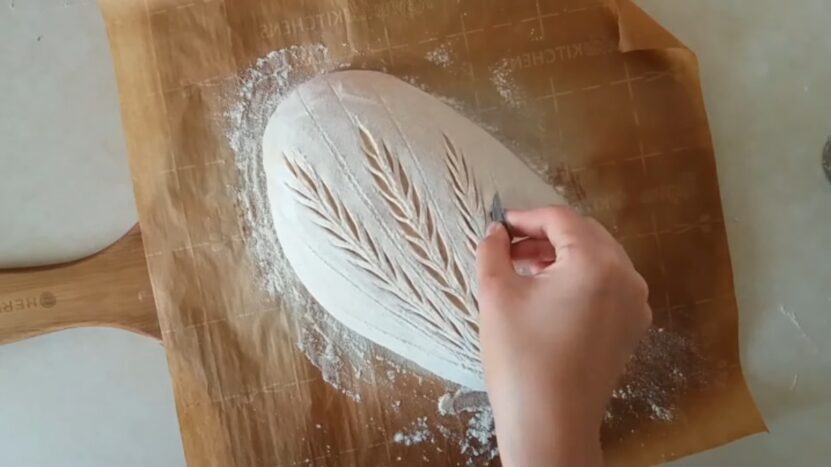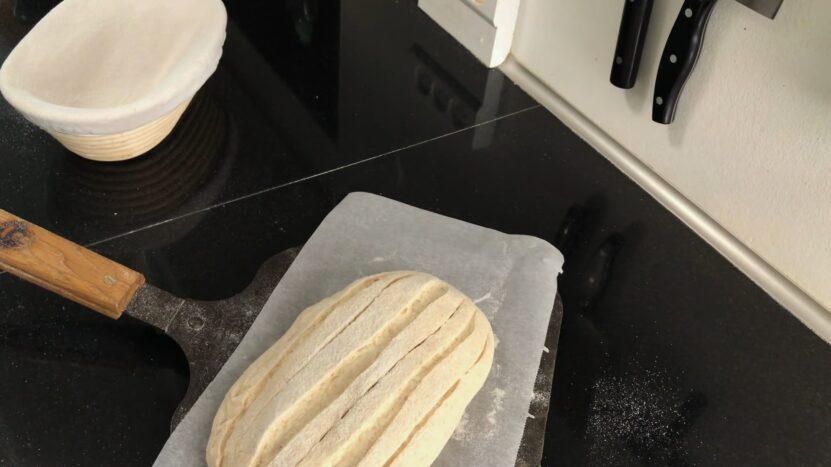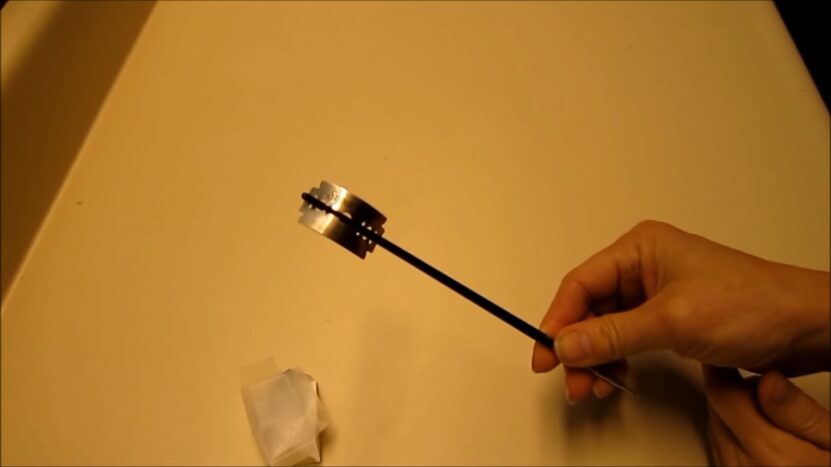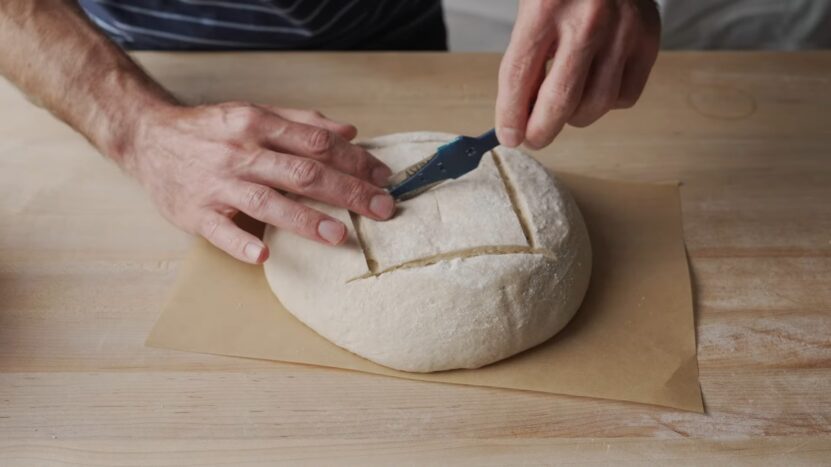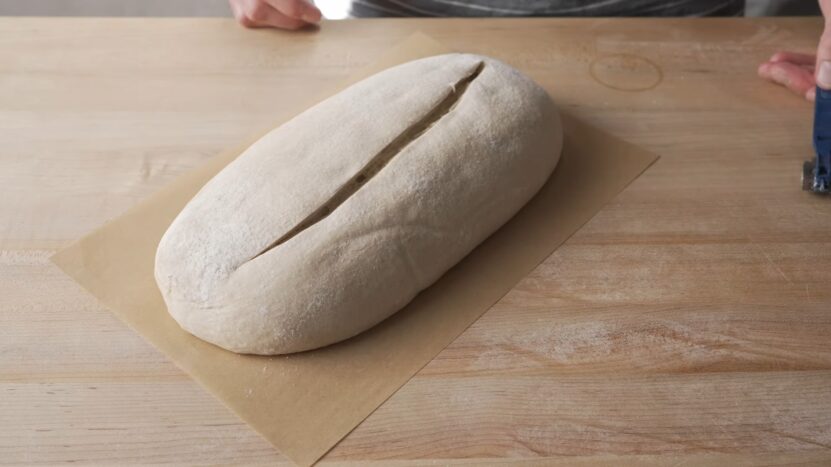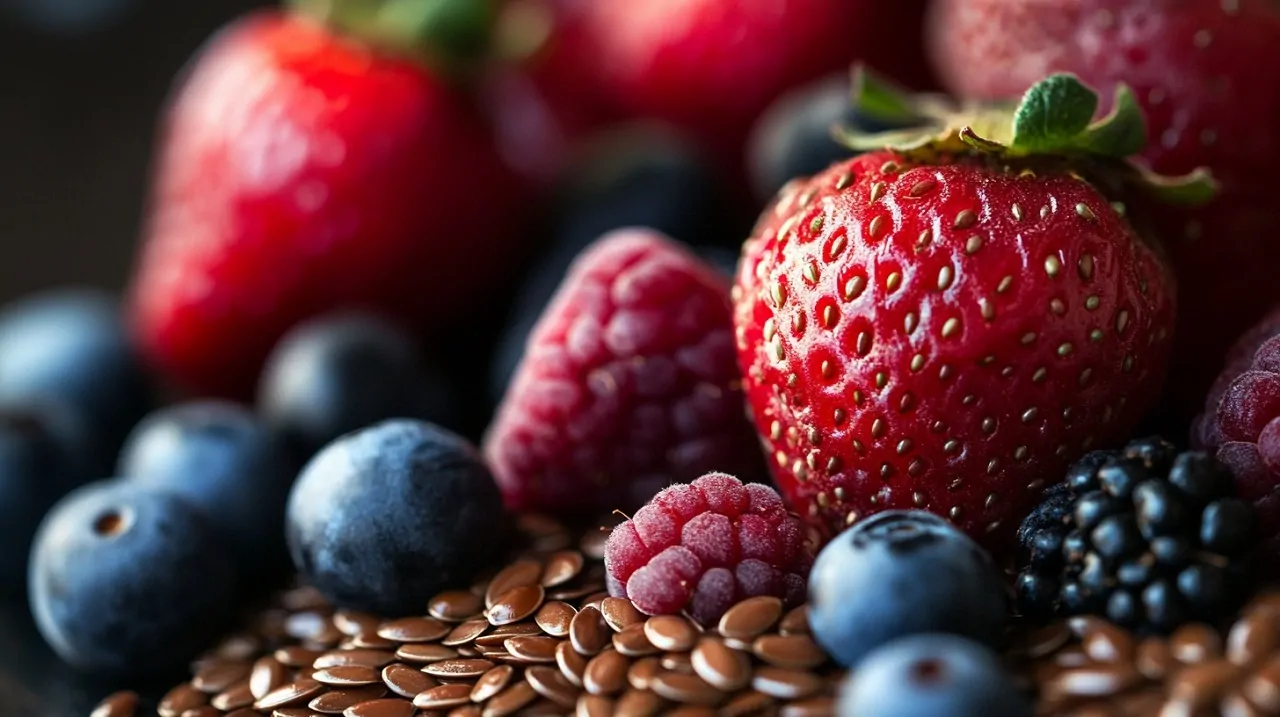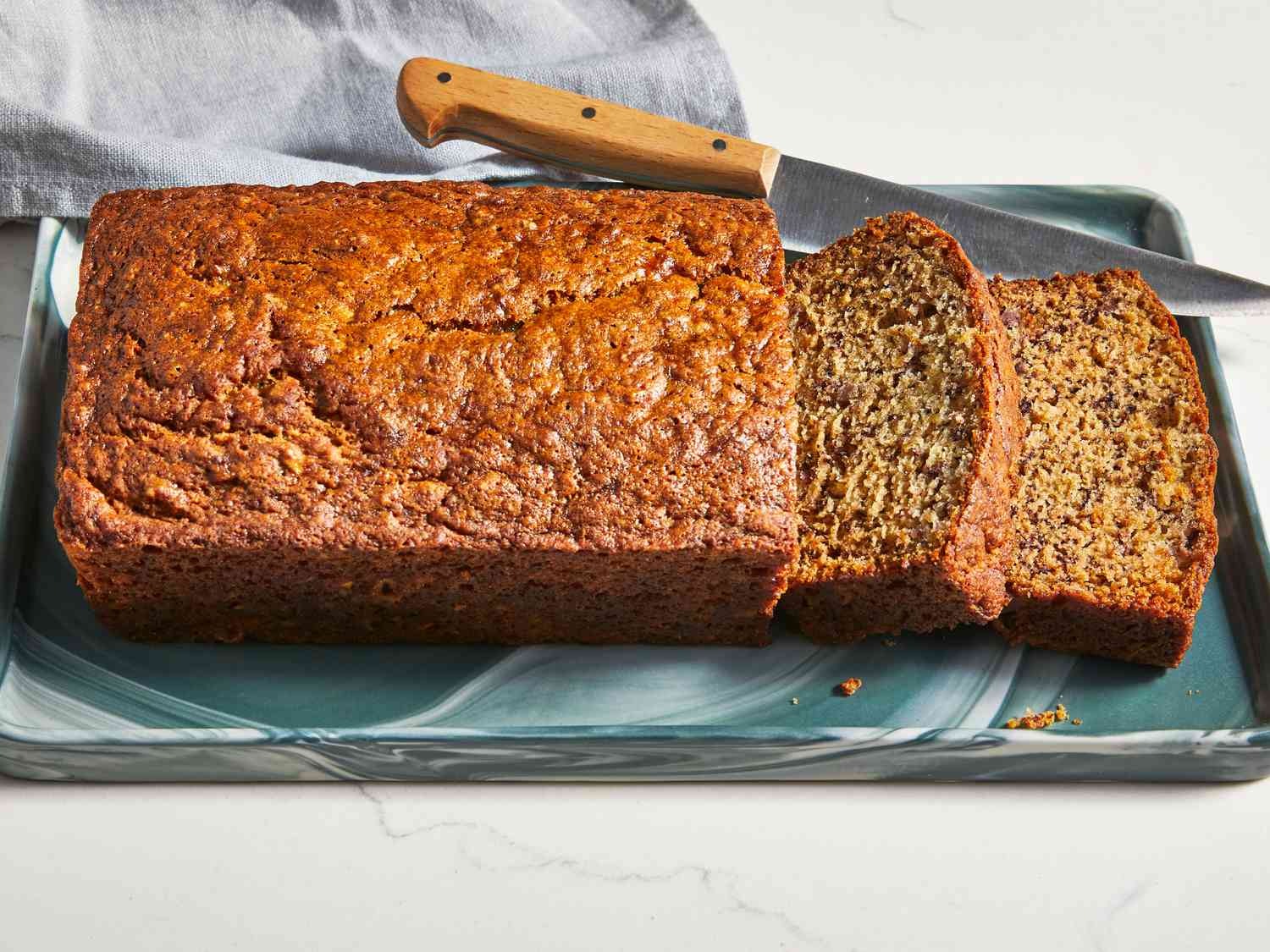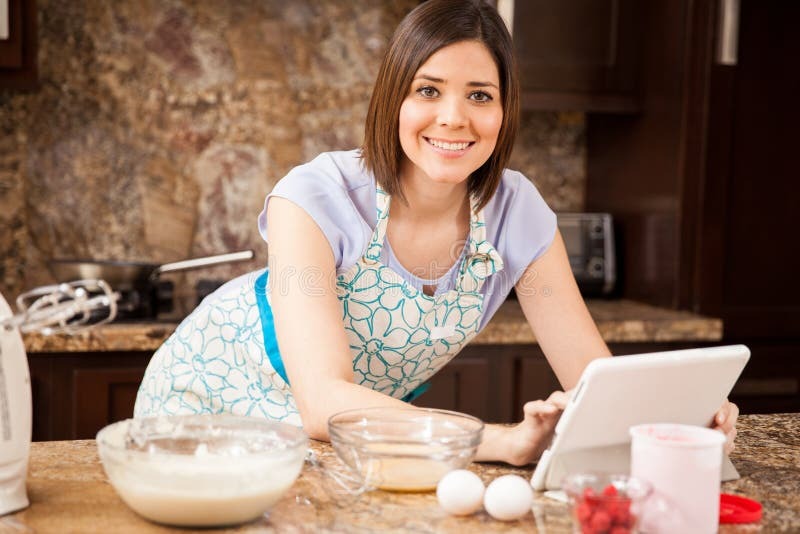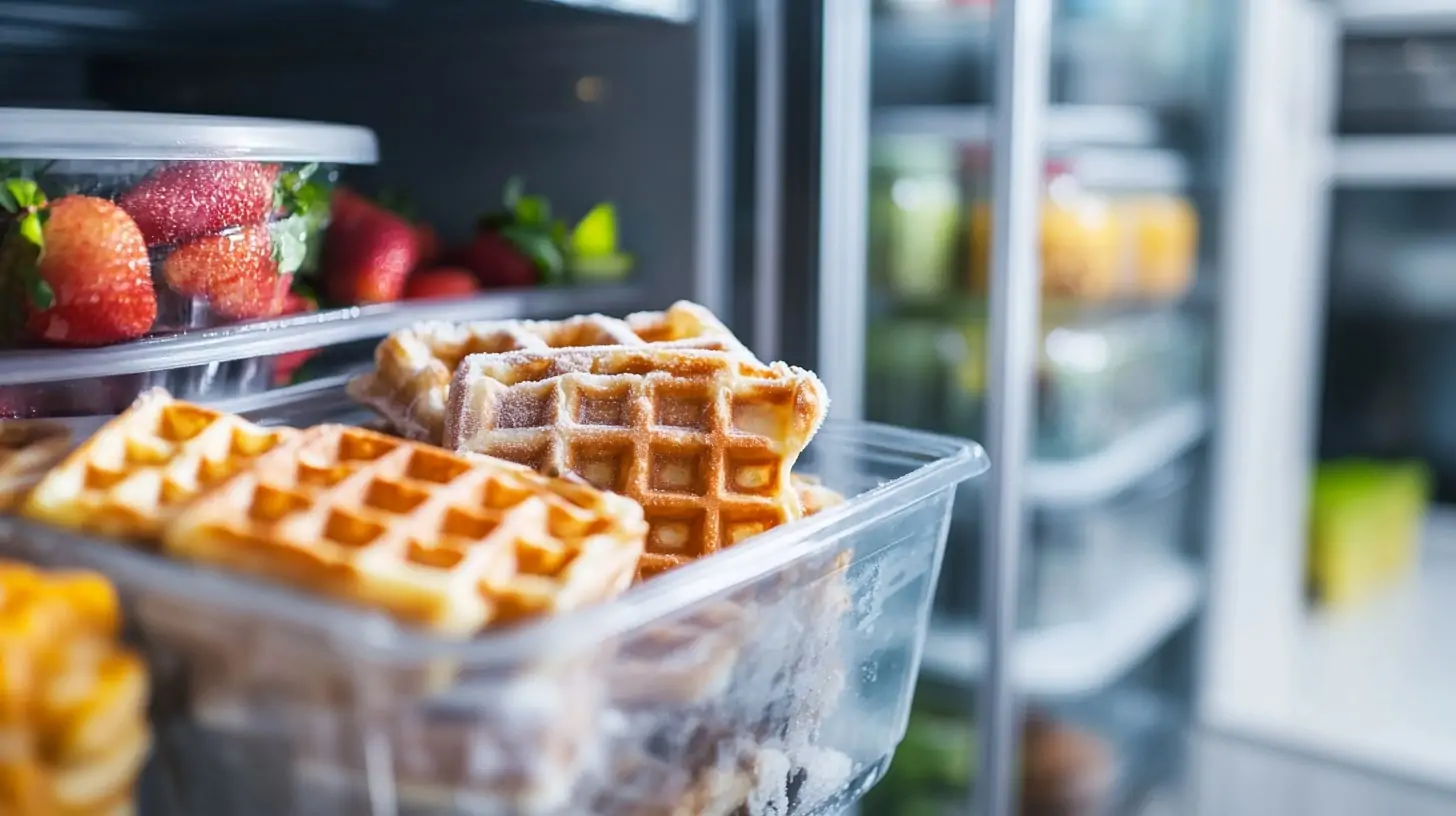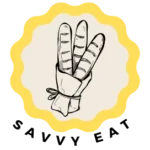
Share Post:
Bread scoring, the art of making deliberate cuts on the surface of bread dough before baking, is more than just a decorative technique. It’s a science that, when mastered, can elevate your bread both in appearance and texture.
It Can Make a Difference
This is one of the tricks that professionals are using not only to improve the visual appearance, but also to improve the taste.
Why Score Bread?
As we already mentioned, bread scoring isn’t just for aesthetics. It serves a functional purpose. As bread bakes, it expands. Without controlled cuts, the bread can burst at weak points, leading to an uneven and unappealing loaf.
Scoring provides a guided path for this expansion, ensuring the bread rises uniformly. It has the same importance as setting the right temperature, or any other part of the baking process.
The Aesthetic Appeal
Beyond functionality, scoring allows bakers to imprint their signature on the loaf. From simple straight lines to intricate designs, scoring can transform a basic loaf into a work of art. It’s an opportunity for bakers to showcase their creativity and make each loaf unique.
Tools of the Trade
The Lame
The primary tool for scoring is the lame (pronounced “lahm”), a razor blade attached to a handle. Its sharpness allows for precise cuts, ensuring the design remains intact during baking.
Alternative Tools
While the lame is the preferred tool, in its absence, a sharp knife, scissors, or even a razor blade can be used. The key is to have a tool that makes clean, swift cuts without dragging the dough.
Techniques for Perfect Scoring
Depth and Angle Matter
The depth of your score plays a crucial role in how the bread will expand. A shallow cut may not open up much, while a deep cut can cause the bread to spread out too much.
Typically, a 1/4-inch deep cut is ideal. The angle is equally important. A 45-degree angle cut will result in a “flap” that beautifully peels back as the bread bakes.
Consistency is Key
Consistent pressure ensures even expansion. Uneven pressure can lead to some parts of the score opening up more than others. Practice on a piece of dough to get a feel for the right pressure.
Patterns and Designs
Straight Lines
- Single Slash: A simple, diagonal slash across the loaf. Ideal for long bread like baguettes.
- Multiple Parallel Slashes: Multiple straight cuts that run parallel to each other. Perfect for round loaves to give a “leaf” effect.
Curved and Intricate Designs
- Wheat Stalk: A central slash with smaller, curved cuts on either side, resembling a wheat stalk.
- Grid Pattern: A series of intersecting lines creating a grid. This pattern is versatile and works on both round and oval loaves.
Common Scoring Mistakes and How to Avoid Them
Dragging the Dough
One of the most common mistakes is dragging the dough while scoring. This can distort the design and affect the final appearance. Ensure your tool is sharp and make swift, confident cuts.
Over-Scoring
While it’s tempting to create intricate designs, over-scoring can lead to excessive spreading during baking. Remember, less is often more. Choose a design that complements the shape and size of your loaf.
Tips for Advanced Bakers
Experiment with Hydration
The hydration level of your dough can affect how it responds to scoring. Higher hydration doughs can be trickier to score but can produce beautiful open patterns.
Play with Colors
Using ingredients like beet juice, turmeric, or cocoa can add color to your scores, making them pop. This is an advanced technique but can produce stunning results.
Different Bread Types
Sourdough
Sourdough, with its characteristic crust and crumb, is a favorite among bakers for scoring. The contrast between the dark crust and the light interior makes scores stand out, especially when baked to perfection.
Bagels and Bialys
While not traditionally scored like regular bread, bagels and bialys have their unique scoring patterns. A bagel might have a simple puncture in the center, while a bialy might have a few slashes to accommodate its onion filling.
Advanced Techniques
Overlaying Patterns
For those looking to push their scoring skills, overlaying patterns can be a challenge. This involves scoring one pattern and then overlaying another on top, creating a multi-dimensional design.
Using Stencils
Stencils can be used to create intricate designs without freehand scoring. By placing a stencil over the dough and dusting with flour or cocoa, you can achieve detailed patterns. Once the stencil is removed, you can score around the design for added depth.
Maintain Your Tools
Regular Cleaning
To ensure clean cuts, it’s essential to keep your lame or scoring tool clean. Dough residues can dull the blade and affect its performance. After each use, wash with warm soapy water and dry thoroughly.
Blade Replacement
Over time, even the sharpest blade will dull. For consistent scoring, replace your lame’s blade regularly. If using a knife, ensure it’s sharpened frequently.
Professional vs. Home Settings
Commercial Bakeries
In professional settings, bread scoring is more than just an art; it’s a precise science. Commercial bakeries often produce bread in large quantities, requiring consistency in both taste and appearance.
Here, scoring is not just about aesthetics but also about ensuring each loaf bakes uniformly, especially when dealing with massive ovens that can bake dozens of loaves simultaneously.
Professional bakers often undergo rigorous training to master the technique, ensuring each score is at the right depth and angle.
Additionally, in commercial settings, there’s often less room for error. A poorly scored batch can lead to significant wastage and financial loss.
Tips for Home Bakers
For home bakers, the stakes might not be as high, but the desire to achieve a perfect loaf is just as strong. Fortunately, many techniques used in commercial bakeries can be adapted for home use.
First and foremost, investing in a good quality lame can make a significant difference. While professionals might score hundreds of loaves a day, honing their skills rapidly, home bakers can benefit from practicing on dummy dough or even soft fruits like tomatoes.
It’s also essential to understand your oven, as home ovens can be less predictable than commercial ones. By placing a tray of water at the bottom or using a baking stone, home bakers can mimic the consistent heat of professional ovens.
Lastly, while professionals might have time constraints, home bakers have the luxury of time. Use this to your advantage, experiment with different scoring patterns, and don’t be disheartened by mistakes. Each loaf is a learning opportunity.
FAQs
Why Can’t I Just Use Any Knife for Scoring?
While it’s possible to use a regular knife, a lame is specifically designed for scoring bread. Its razor-sharp blade allows for clean, precise cuts, reducing the chances of dragging or tearing the dough. A regular knife might not provide the same level of precision, especially if it’s not adequately sharp.
How Do I Prevent My Bread from Deflating when I Score It?
If your bread deflates when scored, it might be over-proofed. Ensure you’re following the recommended proofing time for your recipe. Additionally, make sure your scoring tool is sharp and that you’re making swift, confident cuts to minimize the time the dough is exposed to air.
Can I Score My Bread After It Has Started Baking?
It’s best to score your bread just before it goes into the oven. Scoring after the baking process has started can disrupt the oven spring and potentially deflate the bread. The cuts made before baking allow the bread to expand in a controlled manner.
Are There Any Bread Types that Shouldn’t Be Scored?
Most bread types benefit from scoring, but very soft, high-hydration breads like ciabatta or focaccia might not need it. These breads have a more open crumb structure and are less likely to burst unpredictably during baking.
How Do I Keep My Lame or Scoring Tool in Top Condition?
Regular cleaning after each use is essential. Rinse with warm water to remove any dough residue and dry thoroughly. Store in a dry place. If you’re using a lame with replaceable blades, change the blade when it starts to dull to ensure clean cuts.
Can I Score Bread with Fillings, Like Fruit or Nuts?
Yes, you can! However, be mindful of the distribution of the fillings. If you hit a large piece of fruit or nut while scoring, it might divert your blade. It’s a good idea to plan your scoring pattern around the distribution of the fillings to avoid any obstacles.
Last Words
As with all baking skills, it requires patience, practice, and a passion for the craft. Whether you’re aiming for a simple, classic score or an intricate, show-stopping design, the joy lies in the process. Every score is a reflection of the baker’s personality, making each loaf unique.

